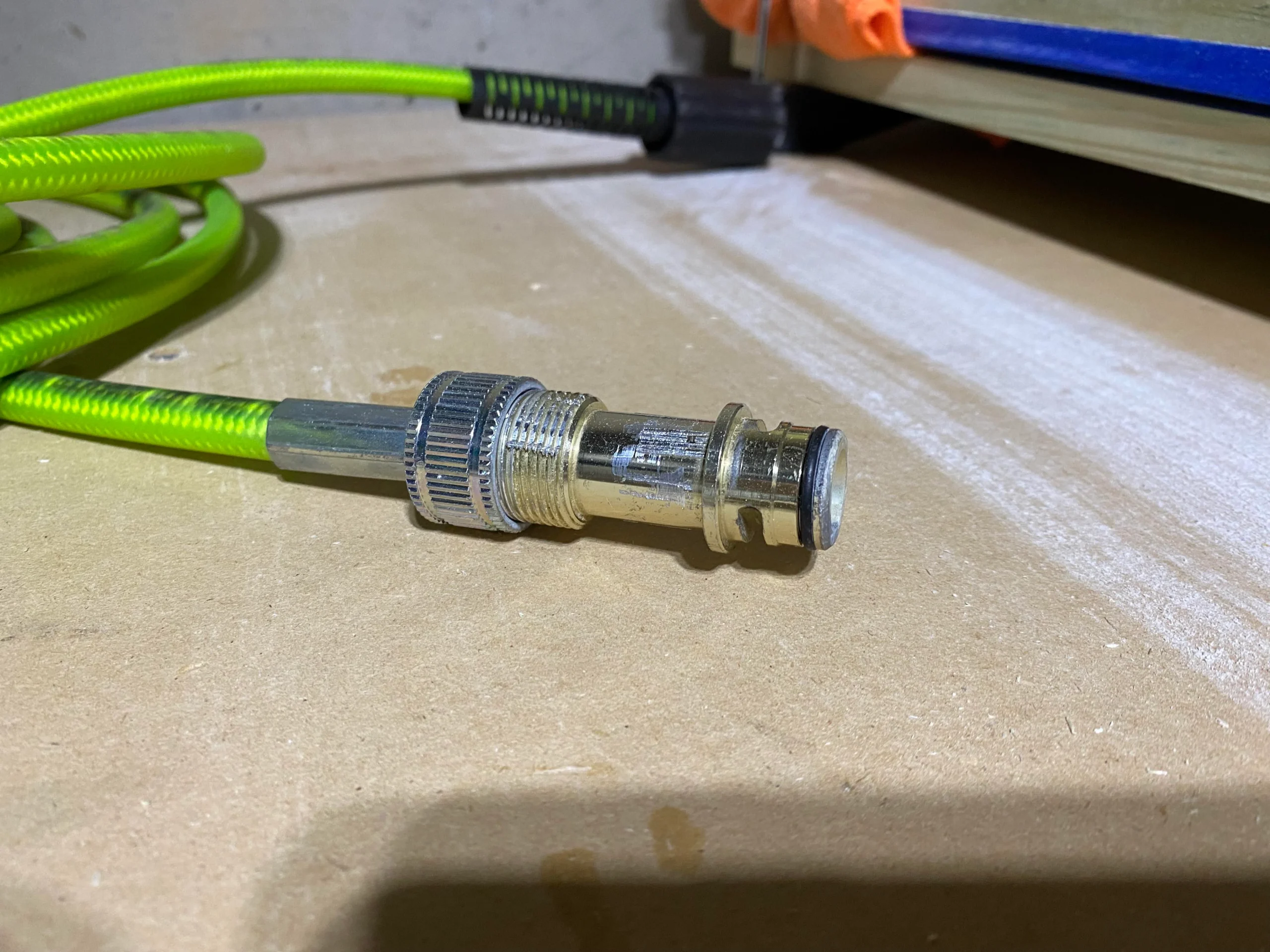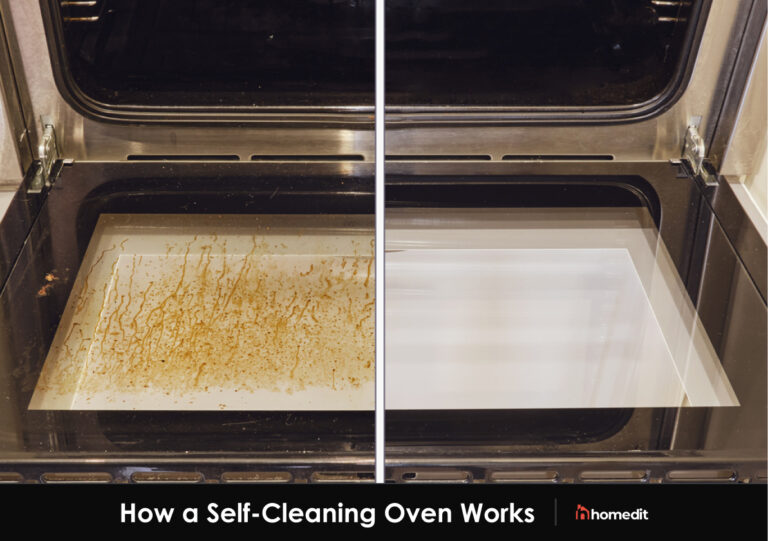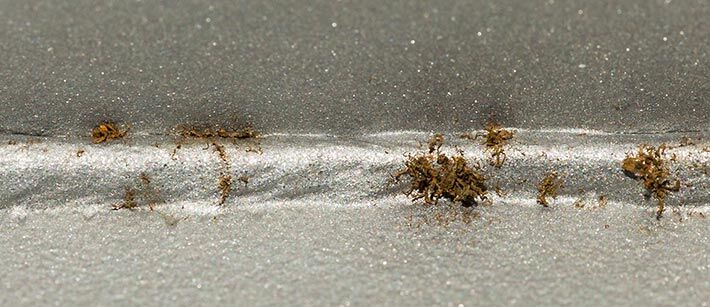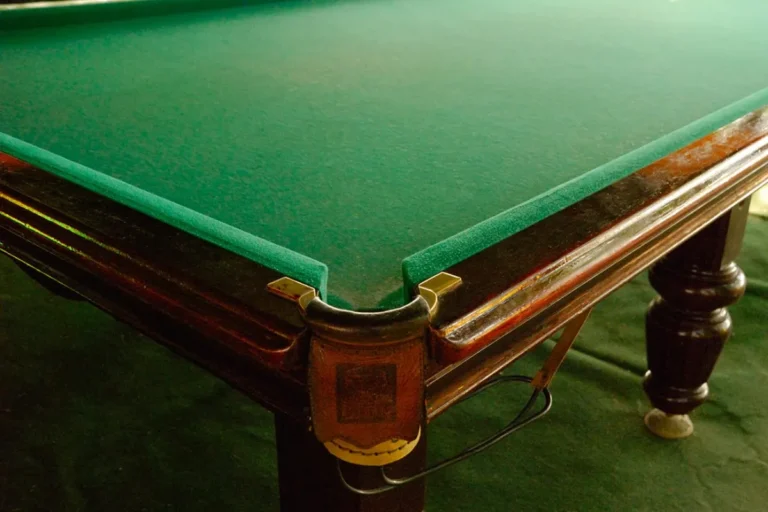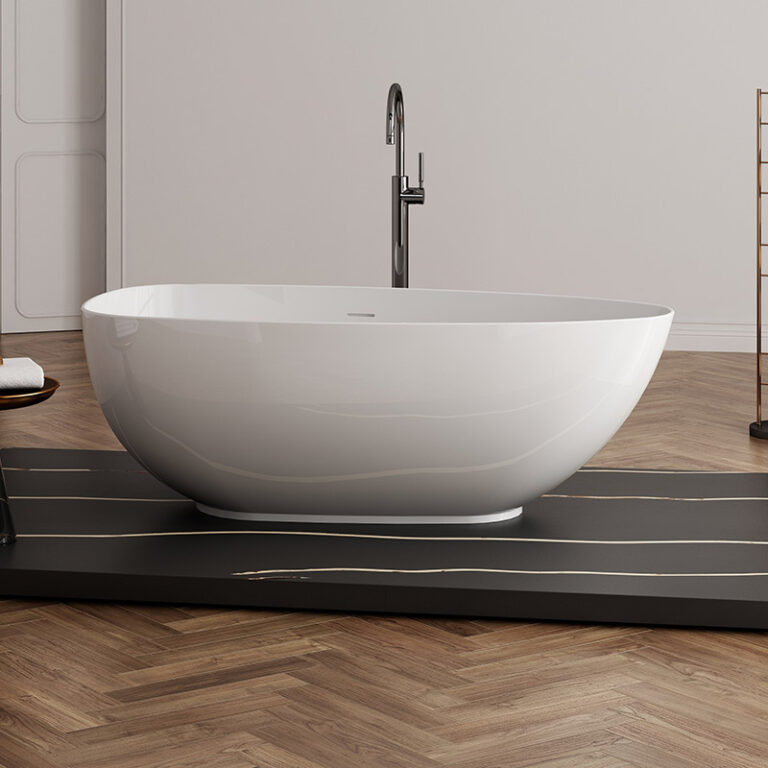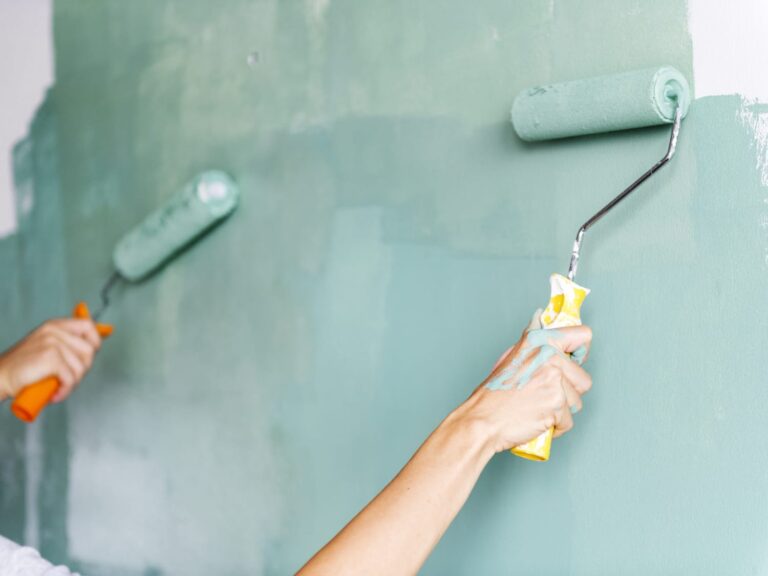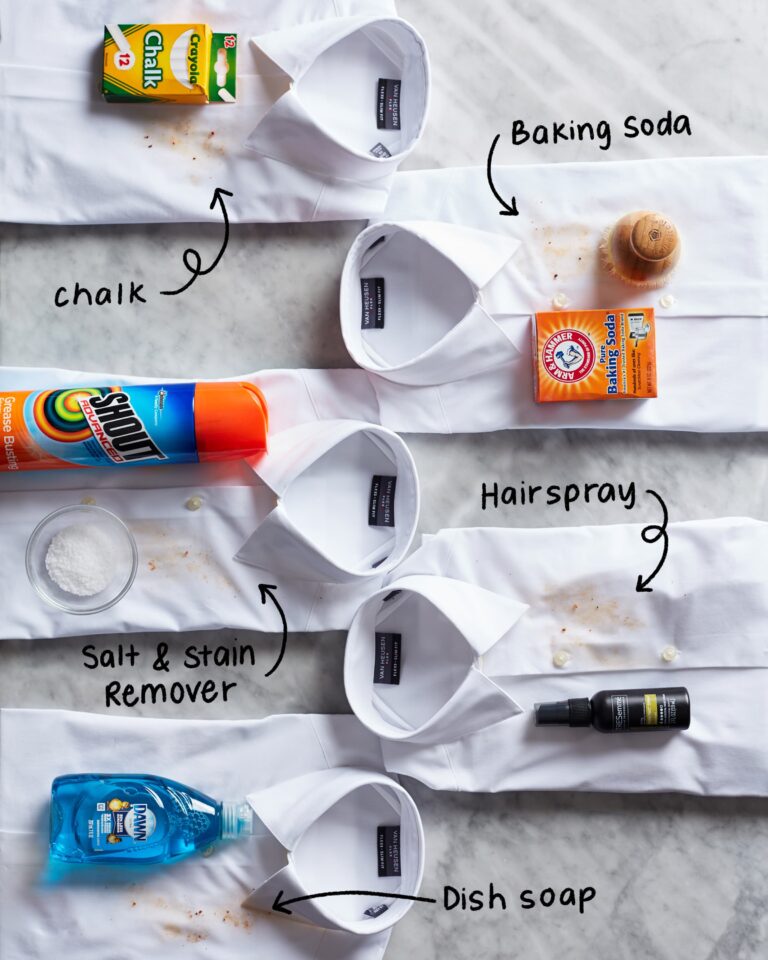Pressure Washer Quick Connect Stuck
A pressure washer quick connect is a quick and easy way to hook up your pressure washer to different attachments such as a hose or spray gun. However, if the quick connect is stuck and won’t detach, it can be a frustrating experience. Fortunately, there are a few tricks you can use to free a stuck quick connection. From using lubricants to applying pressure in different ways, with the right approach you can get your pressure washer quickly connected unstuck, and ready for use.
Common Causes of a Pressure Washer Quick Connect Stuck
Are you having difficulty getting the quick connect fitting on your pressure washer to come apart? This is a common issue that many pressure washers users face. The quick connect fitting is designed to make it easy to attach and remove hoses, nozzles, and other accessories. Unfortunately, it can become stuck due to a variety of causes.
In this article, we’ll explore some of the common causes of a pressure washer quick connect stuck. Let’s start by looking at the three main causes: corrosion, dirt buildup, and improper usage.
Corrosion can occur when water containing minerals and other contaminants is left in the quick-connect fitting for extended periods. This can cause the connecting parts to become stuck together. It’s important to remember to flush the pressure washer after each use to remove any residual water.
Dirt buildup in the quick-connect fitting can also cause it to become stuck. This is especially true if you are using your pressure washer in an area with a lot of dust or debris. To prevent this from happening, make sure to clean the quick connect fitting regularly and inspect it for any dirt buildup.
Finally, improper usage of the quick-connect fitting can also cause it to become stuck. For example, if you try to force the quick connect fitting onto the pressure washer hose, it can become stuck. It’s important to make sure that the quick connect fitting is properly aligned before pushing it on.
The Benefits of Pressure Washers with Quick Connects
Using a pressure washer with a quick connection can save you time, energy, and money. Quick-connect pressure washers allow you to quickly and easily switch between different attachments, such as soap bottles, nozzles, and other accessories. This makes it easier to clean various surfaces, as you don’t have to manually attach and detach the different parts. Additionally, because quick connects are designed for a secure connection, you don’t have to worry about the attachment coming loose or breaking during use.
However, there are times when a quick connection can get stuck. This can be due to dirt or debris buildup, or a faulty part. Whatever the cause, it’s important to take the necessary steps to get it unstuck, as it’s not safe to use a pressure washer with a stuck quick connect. To do this, you’ll need to disassemble the pressure washer, which may require specialized tools.
In addition to the convenience they offer, quick-connect pressure washers are also safer and more efficient than traditional models. They come with built-in safety features that reduce the risk of accidents, and they are designed to use less water and energy. This makes them a great choice for anyone looking to save money and reduce their environmental impact.
Tips for Avoiding a Pressure Washer Quick Connect Stuck
Avoiding a stuck pressure washer quick connect can be tricky, but is essential for maintaining a properly functioning pressure washer system. There are a few simple tips that can be used to prevent this problem from occurring. First, it is important to make sure that the O-ring and sealing surface are free of dirt, debris, and other contaminants. Additionally, it is best to use a lubricant on the O-ring and sealing surface before assembly, which will help reduce friction and make it easier to disconnect. Additionally, make sure to properly align the coupling and always use a wrench when tightening or loosening the coupler. Finally, if you experience a stuck pressure washer quick connect, it is best to use a specialized tool or lubricant to help remove it. By following these tips, you can ensure that your pressure washer quick connect remains functioning properly.

Credit: www.amazon.ca
How to Troubleshoot a Pressure Washer Quick Connect Stuck
Pressure washers are a convenient and effective tool for cleaning outdoor surfaces quickly and easily. However, problems can arise when the pressure washer quick connect gets stuck. This can be frustrating, as it can prevent you from using your pressure washer at all. Luckily, there are several troubleshooting steps you can take to fix the issue.
First, check that all connections are tight and secure. Loose connections can cause the quick connection to get stuck. The quick connect can become worn over time, and if this is the case, then it needs to be replaced. You should also check that the rubber seal is still in good condition, as this can prevent the quick connect from becoming stuck.
Finally, if none of these solutions work, you may need to take it to a professional. If the quick connect is stuck due to a build-up of dirt or debris, then the best option is to take it to a professional for a thorough cleaning. This will ensure that the quick connection is unstuck and functioning properly.
Troubleshooting a pressure washer quick connect stuck can be a daunting task. However, with these tips, you should be able to get your pressure washer working in no time.
When to Call in a Professional to Unstick a Pressure Washer Quick Connect
When dealing with a stuck pressure washer quick connect, it is important to know when to call in a professional. Pressure washer quick connects are designed to be a convenient way to attach and detach hoses for cleaning tasks. However, a quick connection can become stuck when the locking mechanism gets clogged with dirt or debris. If the locking mechanism has been damaged, it can no longer be used and must be replaced.
In addition to debris, corrosion can also cause a pressure washer quick connect to become stuck. If the connection has been exposed to the elements or is older, it can become corroded. When corrosion occurs, it prevents the locking mechanism from operating properly, and the connection can become stuck.
In many cases, a stuck pressure washer quick connect can be removed with a little bit of elbow grease. However, if the connection is corroded or the locking mechanism is damaged, it is best to call in a professional who has the necessary tools and experience to safely remove the connection. A professional can also replace the connection with a new one that is more durable and won’t become stuck as easily.
By understanding when to call in a professional to unstick a pressure washer quickly, you can save yourself time and money while ensuring that your pressure washer is in proper working condition.
FAQs About the Pressure Washer Quick Connect Stuck
1. What should I do if my pressure washer quick connect is stuck?
Answer: Check to make sure the quick connect is properly aligned and that the valves are in the correct position. If the quick connect is still stuck, you may need to use a lubricant like WD-40 to help free it up. If that doesn’t work, you may need to replace the quick connect.
2. How can I prevent my pressure washer quick connect from getting stuck?
Answer: Make sure to use the correct type of quick connect for your pressure washer model. Also, avoid over-tightening the connection when attaching it to the hose, as this can cause it to stick. Additionally, make sure to lubricate the connection regularly to prevent rust and other build-up.
3. What is the best way to clean a pressure washer quickly?
Answer: Start by turning off the power to your pressure washer and disconnecting the quick connect from the hose. Next, use a soft brush to remove any dirt or debris from the connection. Finally, use a lubricant like WD-40 to help break up any residue that may be stuck on the connection.
Conclusion
If you are having trouble getting your pressure washer quickly connected to unstick, you may need to try a few different methods. You may need to use a tool to loosen it, apply some lubricant, or increase the temperature of the water. If these methods don’t work, you may need to replace the quick connect.
